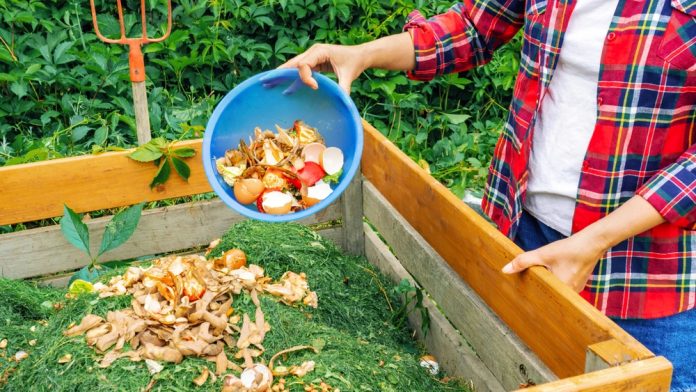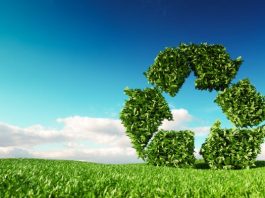A Department of Energy (DOE) Lawrence Berkeley National Laboratory project has been awarded funding to convert agricultural waste into sustainable products.
The project will see the Berkeley Lab collaborate with a range of partners, including UC Berkeley and BEAM Circular, to develop bioproducts and sustainable fuels from agricultural waste.
The Building the Circular Bioeconomy in the North San Joaquin Valley, or BioCircular Valley project, will receive up to $47.3m in funding from Schmidt Sciences’ Virtual Institute on Feedstocks of the Future.
California’s Northern San Joaquin Valley is a hub for agricultural waste, such as almond shells, fruit peels, and orchard trimmings, making the area ideal for performing the projects.
Corinne Scown, a senior scientist at Berkeley Lab and UC Berkeley and one of the project leads, explained: “California has this incredible diversity of materials, but they aren’t well understood – and this makes it difficult to know how to extract the most value out of them.
“We want to characterise them and make that information available so companies can more easily figure out which feedstock is a good match for them, and then use that agricultural residue to make everything from bio-based polymers and chemicals to sustainable materials and aviation fuels.”
BioCircular Valley project overview
One of the primary goals is to create a publicly accessible database and user-friendly map. This resource will provide detailed information on various feedstocks, which are raw plant materials and biomass used for making bioproducts. The database will include:
- Locations of feedstocks
- Availability periods
- Current disposal methods
- Performance in different bioreactors
- Sugar and lignin content
- Compatibility with other feedstocks
- Greenhouse gas footprint
- Potential costs
Enhancing agricultural waste conversion
The project aims to improve the flexibility of the conversion process, which breaks down feedstocks for bioproduct production.
Researchers will use artificial intelligence to analyse lab-generated data, enhancing predictions for efficient feedstock processing and blending.
This innovation could simplify bioproduct manufacturing by allowing the same techniques to be applied to various or mixed plant materials.
Building biomanufacturing capabilities
The project supports ongoing efforts to establish biomanufacturing capabilities in the Northern San Joaquin Valley (NSJV), encompassing San Joaquin, Stanislaus, and Merced counties.
By providing better data on converting agricultural waste into valuable products, the initiative may attract biomanufacturing companies to build local facilities, reducing transportation needs and generating new jobs.
Blake Simmons, Director of Berkeley Lab’s Biological Systems and Engineering Division and project lead, emphasises that this project aims to benefit an economically lagging region.
He said: “This project is designed to benefit a region that has massive potential but has so far been economically left behind and to develop a new industry that can provide improvements in air quality, water quality, and greenhouse gas emissions as well as significant opportunities in economic equity and the creation of new jobs.
“This kind of research started as basic science, and now we’re bringing information and solutions to people who can use them.
“And the knowledge generated through this project will advance not only the ability of the NSJV to make use of its own regionally available future feedstocks but will also accelerate the understanding of feedstocks relevant across California and across the US.”
By leveraging the region’s abundant agricultural waste, the project will not only foster environmental sustainability but also stimulate economic growth and job creation in an area with untapped potential.





